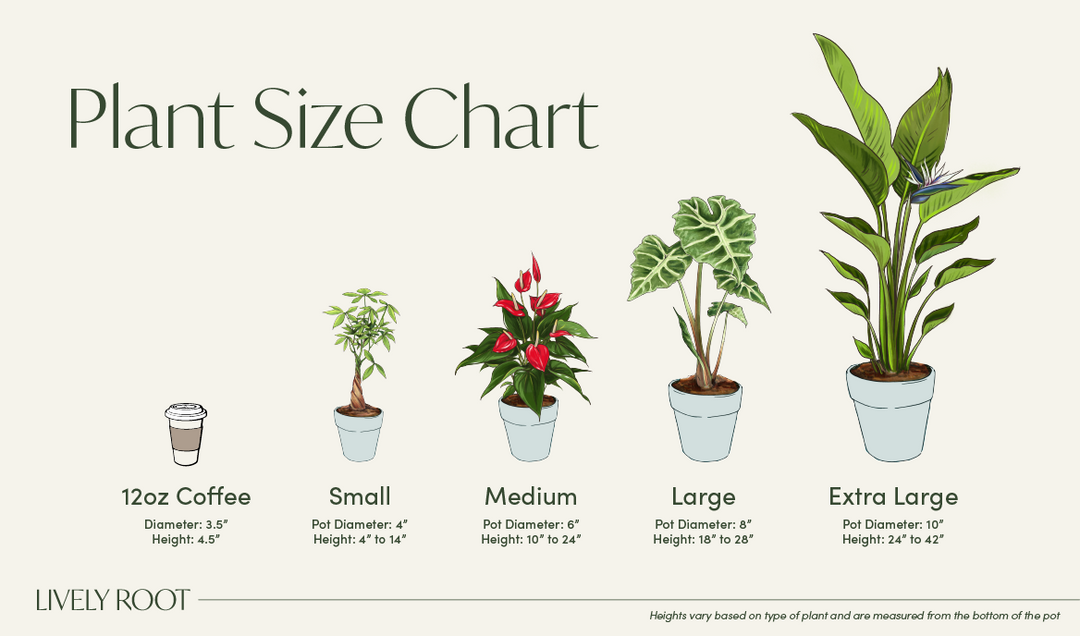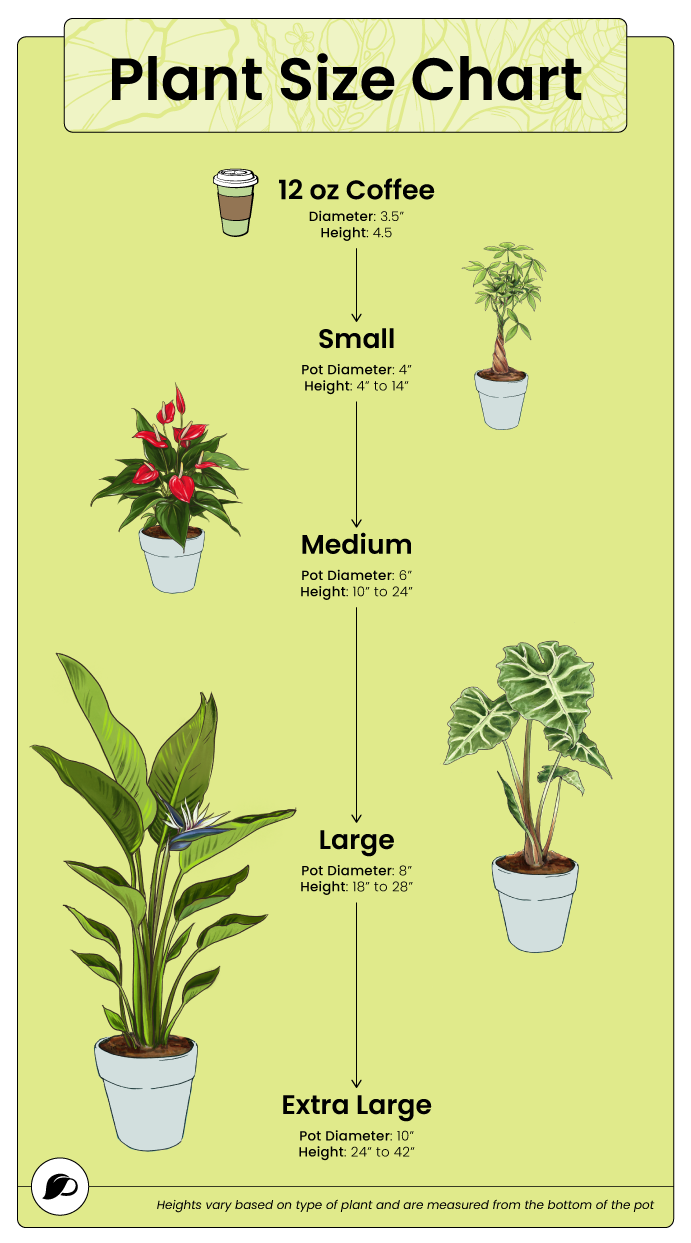Welcome
You have points
Recently viewed
Wishlist
Sign in to access your favorites


Creeping fig is a popular landscape plant in warm climate zones and an indoor plant in cooler zones. His attractive foliage is a dense, deep emerald green. He can develop a woody structure in warmer climates and connect aerial rootlets to porous materials like cement walls. As he grows, his vertical green screen acts as a cooling barrier for the structure.
Care Level:
Origins: East Asia (China, Japan, Vietnam)
Fun Facts: Creeping fig's no...
Creeping fig's notoriety reached new levels when he became a 'royal' on the Royal Horticultural Society's Award of Garden Merit in 2020! Roll out the red carpet! Taiwanese chefs use the fruit as a gel to set and form aiyu jelly and ice jelly in Singapore. It is a favorite summer dessert drink served with slices of limes and cranberries.

Inside: Bright, indirect light Outside: Full shade with no direct sunlight on the leaves.
Give this dainty fig moist, well drained soil. If indoors, cut back moisture during the winter months while in dormancy.
Average humidity between 40-50% indoors is fine for this plant.
This fig is hardy down to 34°F but will not survive frost. Use as a houseplant in cooler regions of the country.
Treat this plant as an annual in certain parts of the country or overwinter in a greenhouse.
Apply a balanced fertilizer at half-strength in the spring and summer months during the growing season. No fertiizer is needed in fall and winter.
Creeping fig vines like to be a bit rootbound, so wait and go bigger every 2-3 years. When repotting in the spring, use a 2" bigger pot to keep the roots drier. (Too big of a pot could cause the soil to dry slower, which is not helpful.) Use a well-draining indoor potting mix with perlite to help with drainage. Water your plant in the old pot before transferring over and let it sit for an hour. Place a piece of screening at the bottom of the container over the drainage hole to secure the soil and allow it to drain. Add soil to the bottom to elevate the root ball. Lift the plant and release the roots against the existing planter. Use a clean knife or garden trowel to wedge between the pot and the soil to loosen. Inspect the root ball. Notice if there are any dead or rotting roots and trim them off with sterile pruners. If the plant is rootbound, cut through the roots to alleviate continued encircling. Ensure the plant is sitting about 1" below the edge of the pot to avoid water spillage. Add more soil and backfill around the sides by tamping down. Fill up to the soil line but not over. Water thoroughly, leaving the soil damp but not soggy. If settling occurs, add more soil.
Your Ficus pumila only needs trimming when he is outgrowing its space or climbing in unwanted places. He can be pruned back in the spring by one-third his size to keep him in good shape.
Stem Cutting: Water the mother plant the night before to well hydrate all the stem ends. In early spring, take a softwood creeping fig cutting, using sharp pruners to remove a tip measuring 4-6 inches off the vine right below a set of leaves. Before dipping the end into rooting hormone, remove the leaves closest to the end that will be down in the soil. Moisten a half mixture of indoor potting mix and perlite. Poke a tiny hole in the planting mix and plant the stem, then tamp the soil down around it to secure it. Place a clear plastic bag loosely around it to help it root faster and maintain higher humidity levels. Water the plant and keep it in medium indirect sunlight. After 4-6 weeks, the roots should establish.
Follow us @livelyroot & show us your #livelyroot plants


Get access to your rewards, referrals, and more